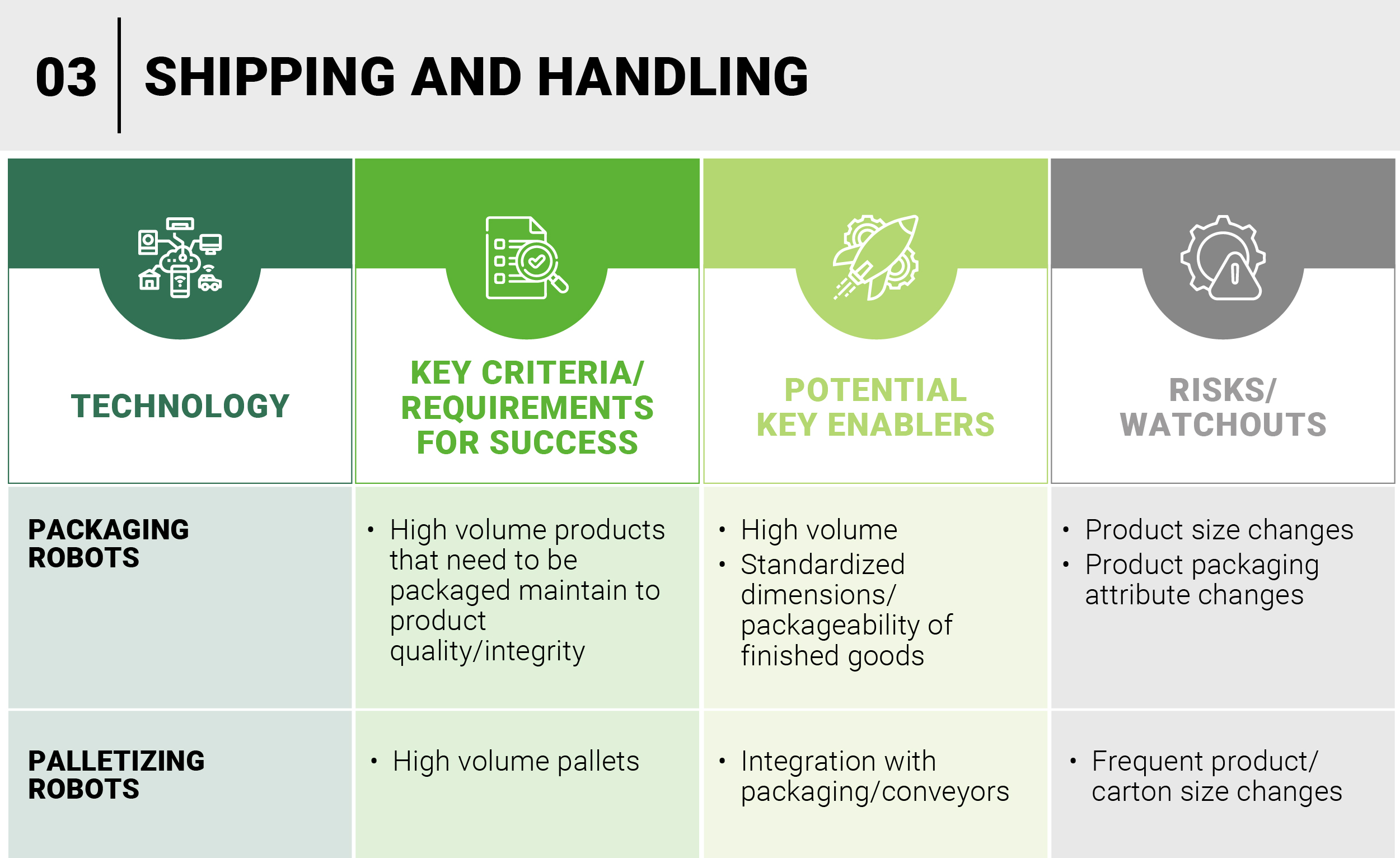We recently argued that automation’s move from the experimental phase to necessity phase has accelerated amid the pandemic, supply chain kinks, and widespread disruption. Responding to this trend requires urgency, but also prudence. Decades of experience has taught us that automation is not a one-size-fits-all equation. In fact, addressing complex business needs with a generic solution is a recipe for failure.
Building an effective and long-lasting automation strategy starts with identifying objectives. Whether you’re addressing inflationary pressures, labor shortages, e-commerce-fueled volume spikes, supply chain kinks, or all of the above, start by identifying the need. Outcomes can include:
- Minimizing labor
- Reducing human error
- Enhancing material handling coordination
- Improving workplace safety
- Boosting inventory control
- Improving customer service/customer experience
Having identified business needs and objectives, take steps to implement the strategy, prioritizing the highest impact/lowest cost solution and the easiest implementation. Identifying and assessing solutions will require balancing short-term financial returns with the long-term business strategy. Implementation will take place over multiple phases, starting with pilot programs. As implementation matures, assess success, identify improvement opportunities, and expand to other areas.
Below is a list of technologies and applications that can enable automation in Operations and make significant strides in implementing a long-term, sustainable strategy.
Materials handling is made more consistent, less labor-intensive, safer, and more efficient with the introduction of robots and other automated devices.

Inventory management becomes a more exact science when volumes, mix variations, and 24/7 schedules become more automated.

Shipping and handling demands standardization, flexibility, and integration, even amid the high frequency of changes and variations.

Several multipurpose systems and devices will optimize sorting, data collection, performance, and labor management.

Personnel applications manage the complexities of dealing with a large workforce and integrate with complementary systems.


